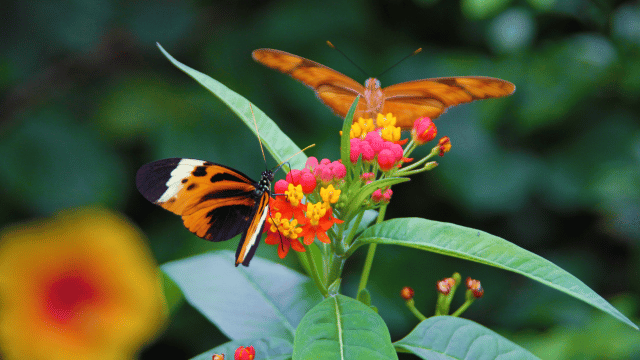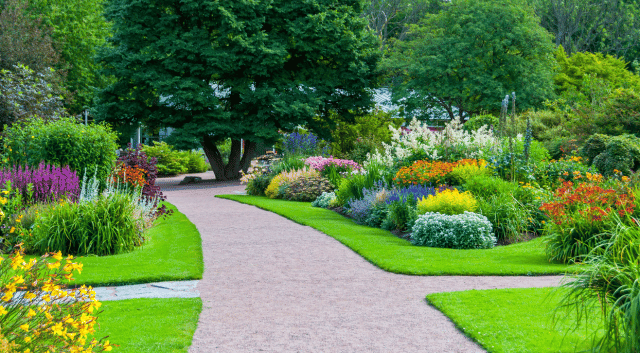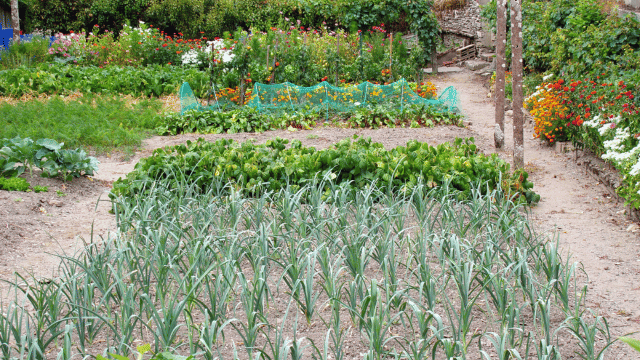Pollinators play a crucial role in our ecosystem by facilitating the reproduction of plants through the transfer of pollen. They are responsible for the pollination of nearly 80% of flowering plants, including many fruits, vegetables, and nuts that make up a significant portion of our diet. Without pollinators, our food system would collapse, and the biodiversity of our planet would be severely impacted.
Pollinators, such as butterflies, bees, and hummingbirds, are drawn to plants that provide them with nectar and pollen. By attracting these pollinators to your garden, you are not only helping them thrive, but also ensuring the success of your own plants. The relationship between plants and pollinators is mutually beneficial, making it imperative to create a habitat that caters to their needs.
Understanding the Needs of Pollinators
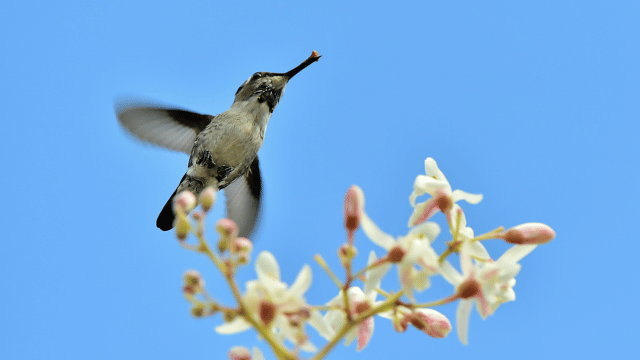
To attract pollinators to your garden, it is essential to understand their specific needs. Butterflies, for example, require plants that provide nectar-rich flowers and host plants for their caterpillars. Bees, on the other hand, are attracted to a wide variety of flowering plants and require a constant source of pollen and nectar throughout the season. Hummingbirds are particularly fond of tubular-shaped flowers that provide them with nectar.
By researching the specific needs of the pollinators you wish to attract, you can select the right plants to cater to their requirements. It is also crucial to consider the blooming periods of different plants to ensure a continuous source of nectar and pollen throughout the year.
Choosing the Right Plants for Attracting Butterflies
Butterflies are one of the most enchanting pollinators to attract to your garden. To create a butterfly paradise, it is essential to choose plants that cater to their needs at every stage of their lifecycle. Start by selecting nectar-rich flowers that provide them with a reliable food source. Some popular choices include lavender, coneflower, milkweed, and butterfly bush.
In addition to nectar plants, it is equally important to provide host plants for butterfly caterpillars to lay their eggs on. These host plants serve as a food source for the developing caterpillars and are crucial for the survival of butterfly populations. Research the specific butterfly species in your region and incorporate their preferred host plants into your garden. For example, if you want to attract Monarch butterflies, milkweed is a must-have plant in your garden.
Creating a Butterfly-Friendly Garden Layout
The layout of your garden plays a significant role in attracting butterflies and other pollinators. By incorporating different layers and habitats, you can create a diverse and inviting environment. Start by planting taller flowers and shrubs at the back of your garden, gradually transitioning to shorter plants towards the front. This layering effect creates a natural habitat that attracts a variety of pollinators.
Incorporating different types of plants, such as annuals, perennials, and shrubs, ensures a continuous source of nectar throughout the year. Grouping plants of the same species together in clusters also makes it easier for pollinators to locate them. Additionally, including a variety of flower colors and shapes will attract a diverse range of butterflies to your garden.
Providing Food and Water Sources for Pollinators
In addition to nectar-rich flowers, it is crucial to provide other food sources for pollinators. Butterflies, for instance, are attracted to rotting fruits, so leaving out ripe fruits can be a great way to attract them. You can also create a butterfly feeder by mixing a solution of sugar and water and placing it in a shallow dish or hanging feeder.
Water is another essential element for pollinators. Providing a shallow water source, such as a birdbath or a shallow dish filled with water and pebbles for perching, will attract butterflies, bees, and hummingbirds. It is important to keep the water fresh and clean to prevent the spread of diseases.
Maintaining a Healthy and Pesticide-Free Garden
To create a truly butterfly-friendly garden, it is crucial to avoid the use of pesticides. Pesticides can be harmful to pollinators and can disrupt their natural behavior. Instead, focus on maintaining a healthy garden ecosystem by practicing organic gardening methods. Encourage natural pest control by attracting beneficial insects, such as ladybugs and lacewings, that prey on garden pests.
Regularly inspect your plants for signs of pests or diseases and take appropriate action, such as handpicking insects or using organic pest control methods. By promoting a balanced ecosystem in your garden, you can create a safe haven for pollinators to thrive.
Attracting Other Pollinators such as Bees and Hummingbirds
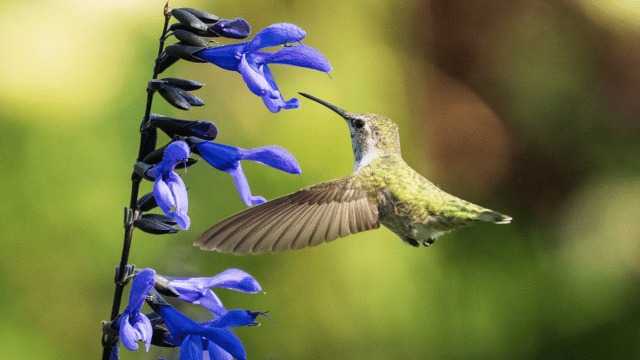
While butterflies are often the star attraction in butterfly gardens, it is important to remember that other pollinators, such as bees and hummingbirds, also play a vital role in our ecosystem. To attract bees, plant a variety of native flowering plants that provide a continuous source of nectar and pollen. Bees are particularly attracted to blue, purple, and yellow flowers.
Hummingbirds, on the other hand, are drawn to tubular-shaped flowers that provide them with nectar. Incorporate plants such as salvia, columbine, and trumpet vine to attract these delightful creatures. By diversifying the plants in your garden, you can create a pollinator paradise that caters to a wide range of species.
Common Mistakes to Avoid When Planting for Pollinators
When creating a butterfly paradise, there are a few common mistakes that gardeners should avoid. One of the most common mistakes is planting non-native or invasive plants that can outcompete native species and disrupt the balance of the ecosystem. Stick to native plants that are adapted to your region and provide food sources for local pollinators.
Another mistake to avoid is planting a single type of flower or plant. Diversity is key when attracting pollinators, so incorporate a variety of plants that bloom at different times throughout the season. This ensures a continuous food source for pollinators and maximizes the number of species attracted to your garden.
Benefits of Creating a Butterfly Paradise
Creating a butterfly paradise in your garden not only benefits pollinators but also brings numerous rewards to you as a gardener. Watching butterflies gracefully fluttering among your flowers can be a therapeutic and enchanting experience. The vibrant colors and delicate beauty of these creatures add a touch of magic to any garden.
Moreover, by attracting pollinators, you are ensuring the successful pollination of your plants, resulting in abundant fruits, vegetables, and flowers. A garden filled with pollinators is a sign of a healthy and thriving ecosystem. Additionally, by supporting pollinators, you are contributing to the conservation of these important species and helping to preserve biodiversity.
Conclusion
Creating a butterfly paradise in your garden is a rewarding endeavor that not only enhances the beauty of your outdoor space but also contributes to the health of our ecosystem. By understanding the needs of pollinators and selecting the right plants, you can attract butterflies, bees, and hummingbirds to your garden. By providing food and water sources, maintaining a pesticide-free garden, and avoiding common mistakes, you can create a haven for these important pollinators. The benefits of creating a butterfly paradise are numerous, from the joy of observing these delightful creatures to the bountiful harvest of your plants. So, start planting and watch your garden come to life with the enchanting dance of pollinators.
